
 Landmark project under way ... Bahrain Financial Harbour.
Landmark project under way ... Bahrain Financial Harbour.
Optimism and confidence is in the air as Bahrain reaches for the skies again with mega developments.
As neighbouring states started moving on the fast track, there was a feeling that the kingdom is being left behind. But no more.
Projects of dimensions unimaginable just three years ago, are now taking shape.
A few years ago, if someone said that Bahrain would have some eight 40-plus-storey towers within a two-kilometre stretch, he would have been viewed with considerable sceptism. However, the fact that the Bahrain World Trade Centre and the Bahrain Financial Harbour – which have risen at an astounding pace in a span of a year in the heart of the capital Manama – has put paid to such doubts.
Now the country is aiming not only taller but also larger and trendsetting with its ambitions, if what is on the drawing boards is anything to go by … a massive business district boasting Bahrain’s tallest tower at 300 m, a mega health oasis, new towns, golf, equestrian and lifestyle resorts, residential tower complexes and shopping malls
“Until recently, a BD10 million ($26.5 million) project was considered huge by Bahrain's standards and every contractor would be bidding for it,” says one leading contractor. “Today, we have so much work on hand and with so many projects coming on the market, we hardly have time to bid for projects that are below this value.”
A property boom, with sales up by more than 20 per cent last year, is fuelling much of this growth, which in turn has required that the public sector moves ahead with a number of developments to boost the infrastructure. Among the major projects that the government is expected to push ahead this year is the expansion of Bahrain International Airport’s passenger terminal, which is to double in size under a $212.2 million three-phase expansion; the infrastructure works on the new Khalifa bin Salman Port, which has not made much headway over the past year; and the $193 million Sitra bridges, a contractor for which is expected to be announced shortly.
Another much awaited project is the $4.77 billion Friendship Causeway linking Bahrain and Qatar, which was given the go-ahead last year by the Joint Supreme Committee. The 40 km double-lane causeway is expected to take up to five years to complete.
In the power sector, a 15-year plan to update Bahrain’s power network is expected to be launched shortly as the country embarks on its first independent water and power project (IWPP) – worth $1.5 billion – for the expansion of its Hidd power and water plant.
In terms of housing alone, the kingdom intends to spend BD2 billion ($5.3 billion) over the next 10 years, which will go towards the construction of four new towns.
New towns
The new towns will be located in East Muharraq, North Bahrain, East Sitra and West Hamad Town. Among the most advanced and largest of these projects is the $2.65 billion North Bahrain new town, which is aimed at reducing pressure on housing in the northern part of Bahrain.
The first batch of 200 houses of this 15,000 housing-unit development is expected to be completed by early 2008.
A joint venture of the Dutch dredging groups Koninklijke Boskalis Westminster and Van Oord is currently working on $178 million land reclamation contract for 10 islands that make up the town. The first phase of reclamation consists of two main islands with a combined area of 290 hectares, while the second phase will include eight more islands with a combined area of 209 hectares.
Meanwhile, following the handover of the first batch of 456 houses, construction work has been launched on the remaining units of a 1,070 house-project being built under a BD25 million project in Busaiteen.
Commercial/residential complexes
With the real estate sector booming, a number of mega projects are being announced at a frequency and scale that Bahrain has not seen so far. Among the latest to be officially launched is the $1.5 billion Bahrain Bay, a massive residential, business and shopping development on the Manama waterfront that will boast the country's tallest tower and its first Four Seasons Hotel (see page 66). The project is being developed by the Bahrain-based Arcapita Bank, which is also promoting the $300 million Riffa Views project (see page 78).
An ambitious project, which is at the masterplanning stage, is the Health Oasis, which is to be built on land that has already been reclaimed at Bander Al Seef in Busaiteen. Preliminary plans for the project include a VIP hospital and 10 centres of excellence, R&D centres, a hotel, a 50-storey office tower, serviced apartments, shopping mall including a multiplex and food courts, 25 sea-facing villas, car-parking for approximately 6,000 vehicles, and landscaping.
The project is part an overall health environment envisaged for Busaiteen which also includes the King Hamad General Hospital and the Royal College of Surgeons in Ireland-Medical University of Bahrain (RCSI-MUB).
The $119 miliion, 312-bed King Hamad General Hospital project – a contractor for which is expected to be announced shortly – is expected to be completed by the end of 2007, while architectural designs are currently being fine-tuned for the RCSI-MUB campus. The RCSI-MUB will be linked to the Health Oasis by an underpass
Meanwhile, remarkable progress has been made by the frontrunner in these massive developments: The Bahrain Financial Harbour (BFH), which aims to place Bahrain firmly as a regional financial and banking hub, has just completed the topping out ceremony for its 53-storey Dual Towers, which today stand as Bahrain’s tallest towers at 260 m. The project is expected to be completed by the year-end, three months ahead of schedule (see page 68).
Further components of the multi-phase project are expected to be launched shortly, including a BD40 million ($106 million) performance hall.
Nearby, the Bahrain World Trade Centre has also risen dramatically on the skyline, and will bring with it some pioneering concepts such as the world’s first large-scale power generating wind turbines on a commercial structure (see page 46).
Another first for Bahrain is the plan to develop the first ‘Green City’ in the Middle East at the site of the new Euro University in A'Ali, at an estimated cost of $211.3 million. The project is expected to have its own desalination and power plants using solar energy, waste water treatment plant, and sewerage system based on pressurised air and suction technology and will be equipped with state-of-the-art air quality monitoring system. Designs for the project have been completed and the city will be fully developed in the next five years.
In the residential sector, the Pearl Development and Real Estate Company has launched work on its $252 million Abraj Al Lulu, which is the country’s first project of its kind to offer freehold apartments within the heart of the city. The three high-rise tower complex is set to rise close to the Pearl Roundabout during this year (see page 73).
Another major freehold property project, proposed by A A J Holdings Company, is the $319 million Marina West development, consisting of 11 residential towers. The project, to be built over a total area of 75,000 sq m to the southwest of Budaiya, will offer 1,200 apartments. A A J Holdings has also proposed plans to develop the $66.32 million Saar Towers along the Sheikh Isa bin Salman Al Khalifa Highway in Saar.
Heading the league of shopping complexes being developed is the massive Bahrain City Centre in Seef. The main contractor for the $531 million project is expected to be appointed this month. Cebarco and Nass Murray and Roberts are believed to have been shortlisted for the project, which is being developed by the UAE-based Majid Al Futtaim Investments.
The 1.5 million sq ft mixed-use shopping centre project, which will house the biggest shopping mall in Bahrain and the Eastern Province of Saudi Arabia, is scheduled to open by late 2007. It will also include two integrated 14 to 15-storey hotels, the largest indoor water park in the Middle East, a large multi-storey car park and a 20-screen multiplex cinema managed by Cineco Bahrain, which is also expected to be the Middle East's largest.
Meanwhile, a number of other smaller malls are being built or are in the planning stages. The next entrant into the scene will be the $26.5 million Sitra Mall, which is nearly complete and scheduled to open shortly. The mall draws inspiration from the Seef Mall, which is undergoing further expansion.
Resorts
Work is progressing at a steady pace on the $1.2 billion Durrat Al Bahrain resort which is coming up in the south of Bahrain. Among the latest contracts to be awarded on the development was the $54.6 million deal to Nass Murray & Roberts to build 13 bridges connecting the project's islands. Durrat Khaleej Al Bahrain Company is evaluating tenders for the construction of 390 villas in the first phase of the project. The residential and resort city will have 2,000 villas, 3,000 apartments and community facilities, which will include schools, mosques, health centres, beaches, parks, an 18-hole golf course and sports and leisure facilities specifically suited to families.
Meanwhile, to the north of the country off Muharraq island, infrastructure work has been completed at the $1 billion Amwaj Islands project and the 20-plus developers are now set to push ahead with their plans to build their various properties. A number of towers are now taking shape on the islands including the Meena 7 Towers, which form part of the Al Marsa Floating City on the islands.
The project consists of one main island and three smaller ones, connected to each other by five main bridges and four smaller canal bridges. This is in addition to a reclaimed causeway, connecting to Muharraq Island.
Among the other resort developments that have made remarkable progress last year is the $140 million Banyan Tree Desert Spa and Resort – part of the $750 million Al Areen development – which is due to open just before the next Gulf Air Bahrain Formula One Grand Prix in March (see page 96).
Construction is at an advanced stage on the spa and resort which is at the heart of the Phase I component of Al Areen, a two million sq m integrated mixed-use project
However, these developments appear to be just the first of a string of prestigious resorts and leisure developments boasting a choice of lifestyles around Bahrain. Among the projects proposed are:
• The Sakhir City – to be built around the Bahrain International Circuit (BIC) – plans for which are in the final stages. The city is expected to include at least one hotel, a motorsport-themed restaurant, retail outlets, an automobile factory and other motor industry-related features;
• The $544.5 million Salam Beach Resort and Spa project to be built over a 500,000 sq m beachfront area close to the Formula 1 track (see page 76);
• A $198 million beach resort be built on a 800,000 sq m area in Budaiya off the King Fahad Causeway. The project, financed by AA Janahi Holdings, will feature a luxury hotel, a large park, a marina, restaurants and around 1,000 furnished flats. Construction is expected to take around two-and-a-half years to complete;
• A $250 million resort to be built and run by Saudi company Asese Technology Resources, on an artificial island off Busaiteen. It will include various recreational and sport facilities, including a theme park, a mega mall, 50-storey hotel and two 40-storey apartment buildings, and luxurious chalets and villas.
Other major developments in this field including the Khalifa Sport City, which is to be built on the site of the demolished Isa Town Sports Stadium and the Adhari amusement park.
Industry
Following the inauguration of Aluminium Bahrain (Alba) Line 5 project last September, marking the completion of its $1.7 billion project, the aluminium smelter is now mulling plans to add a sixth smelting line. Pre-feasility studies on the project are nearing completion. The project hinges on a gas deal between Bahrain and Qatar.
Plans have been mooted for a $1.6 billion industrial complex, which will be built in Hidd. The project – to be built by the Al Khaleej Development Company (Tameer) and other investers – will cover an area of 170 hectares of land and include small and medium-sized industries as well as transport and storage facilities. The Bahrain Industrial Wharf as it is known will complement the the industry ministry’s own 250-hectare Bahrain International Investment Park, in which some companies have already begun building their facilities. The total size of the Hidd Industrial Area is currently more than 500 hectares.
The wharf will also include a scientific and technological research complex as well as a commercial centre.
Among the lastest industrial ventures under construction in Bahrain is a 90,000 tonnes per year (tpy) cold rolled stainless steel mill being built by United Stainless Steel Company (USCO) in Hidd.
The company will be the first of its king in the region, the nearest ones being in Italy and India.
Other projects
• Work is nearing completion on the Sheikh Isa bin Salman Al Khalifa National Library and Conference Hall in Juffair. The BD14-million project comprises two state-of-the-art buildings – the National Library building and a conference centre (see page 89).
• Construction work is under way on the BD9.5 million ($25.2 million) Bahrain Chamber of Commerce and Industry (BCCI) headquarters in Sanabis. It will take about two years to complete.
• The Manama suq renovation project has got under way with the launch of the first phase of the development, which includes the demolition and reconstruction of government buildings – including the police station and post office – and the beautification of building fronts between Bab Al Bahrain and Sheikh Abdulla Road, which would take around 15 months to complete.



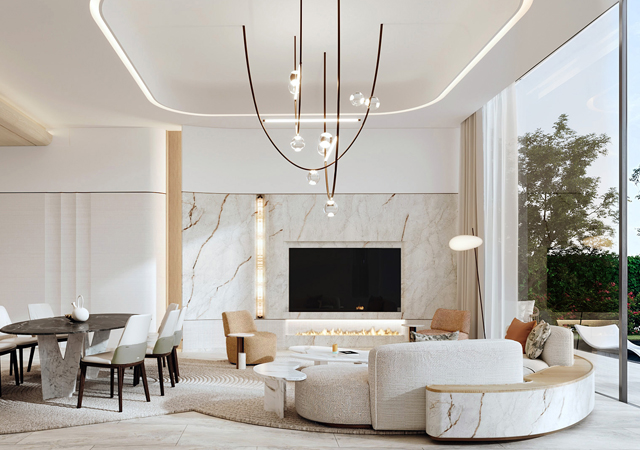
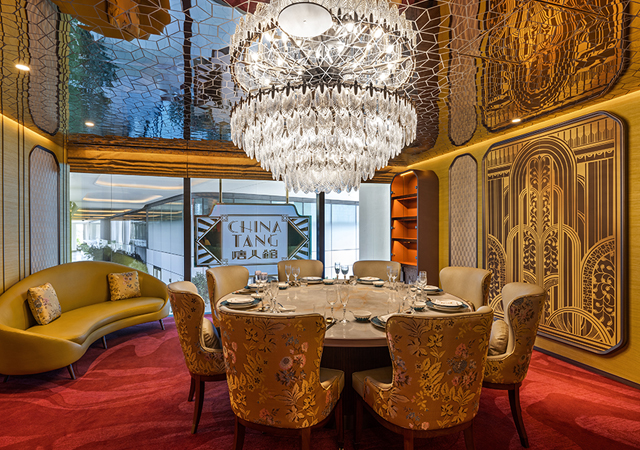
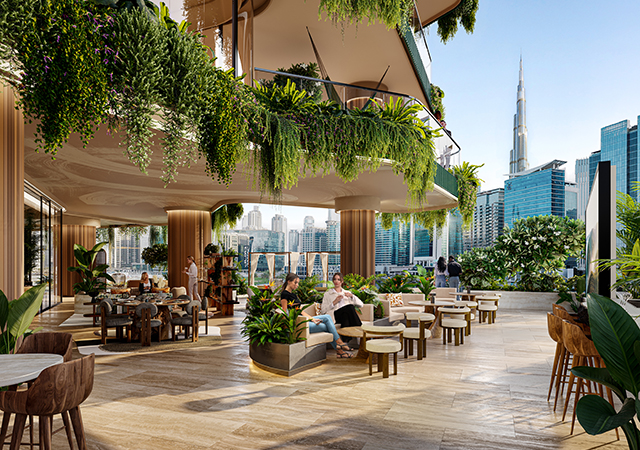
.jpg)
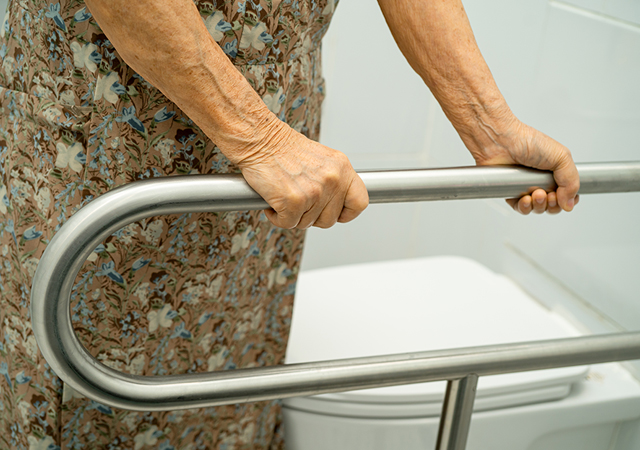



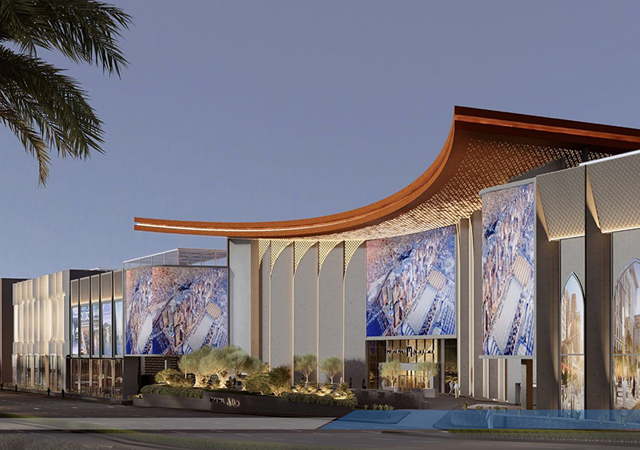
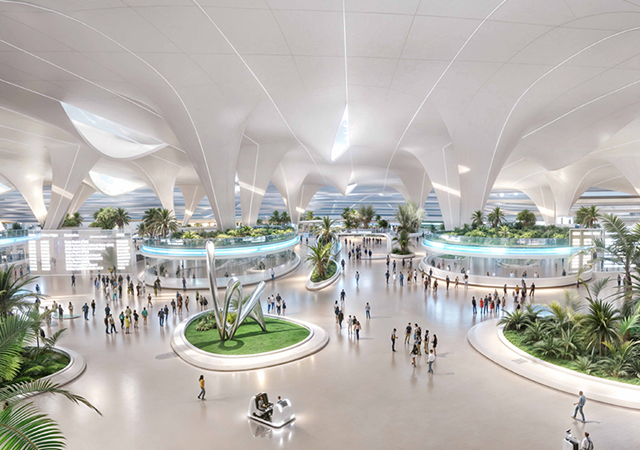
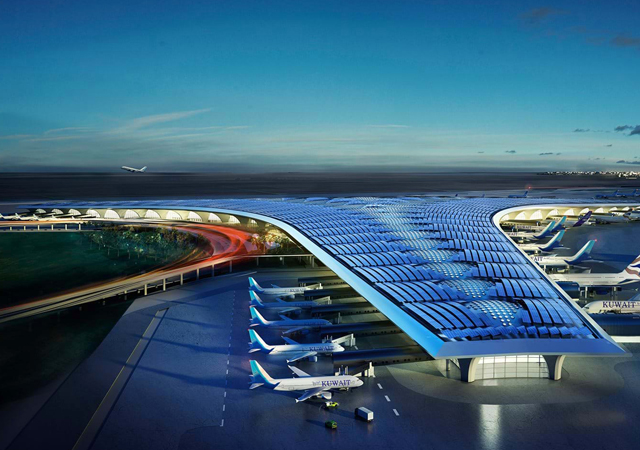
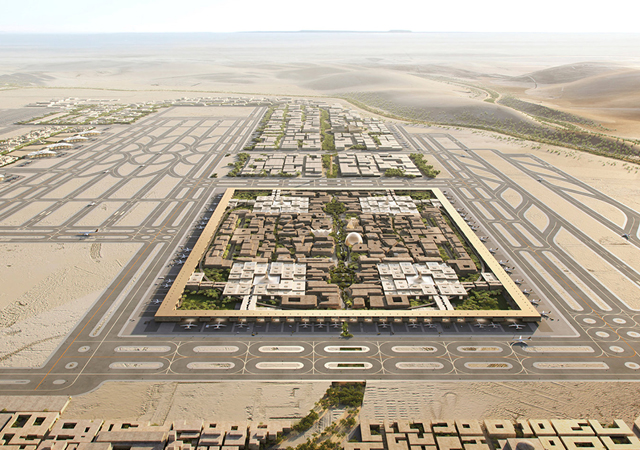
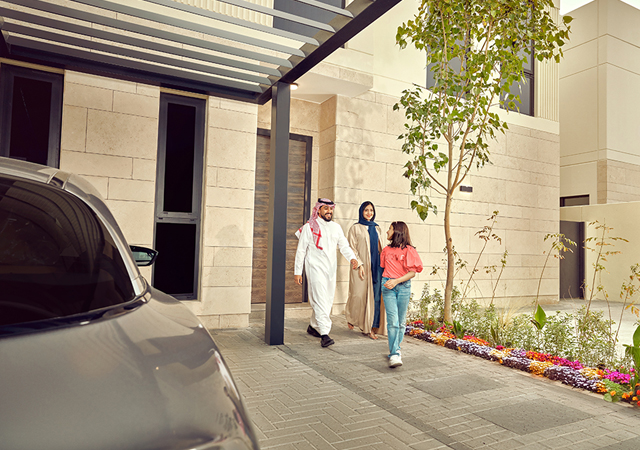
.jpg)
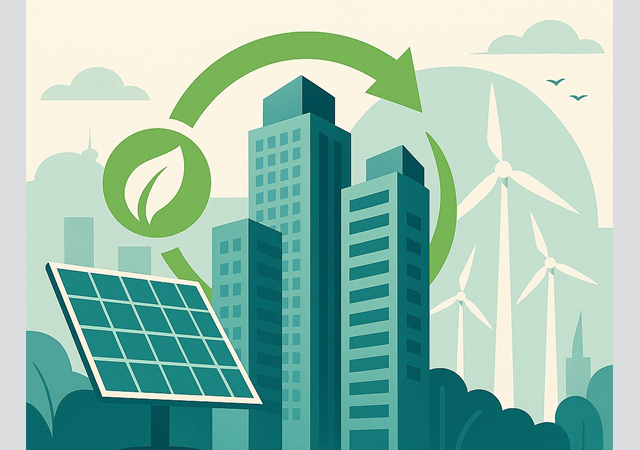
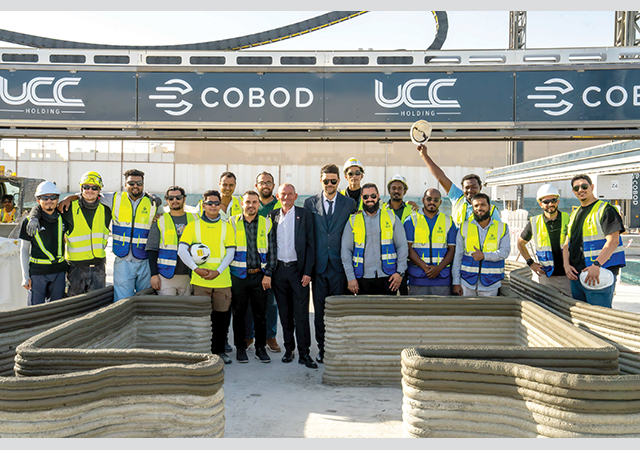
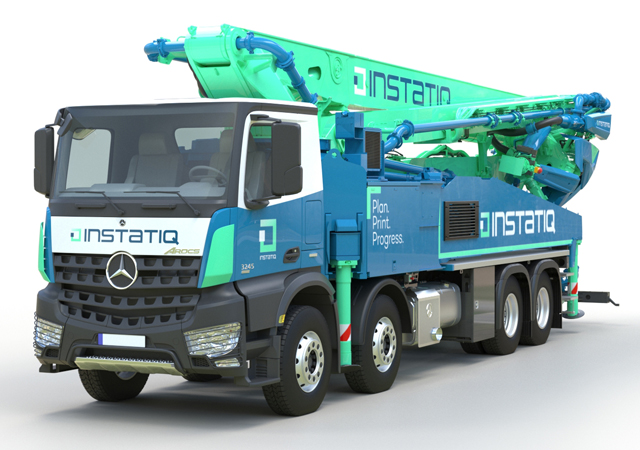
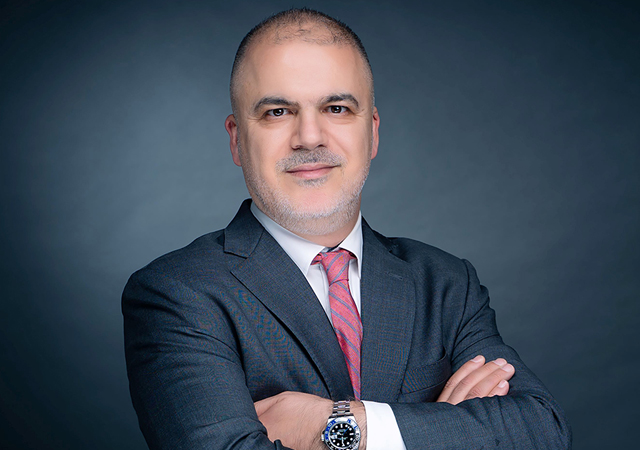
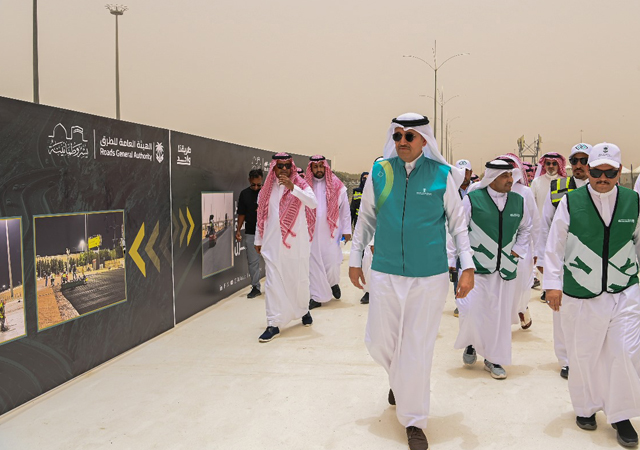
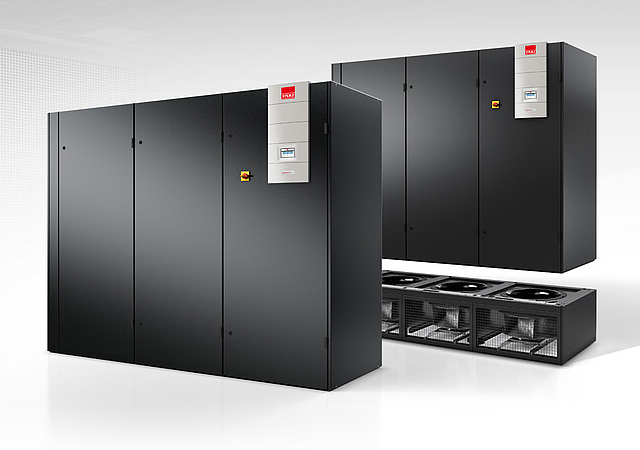
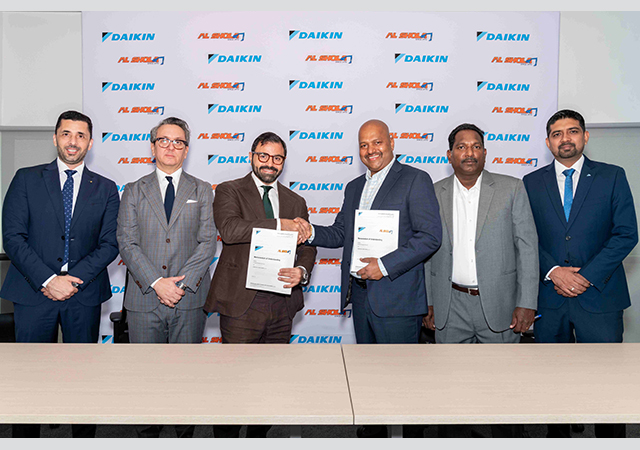

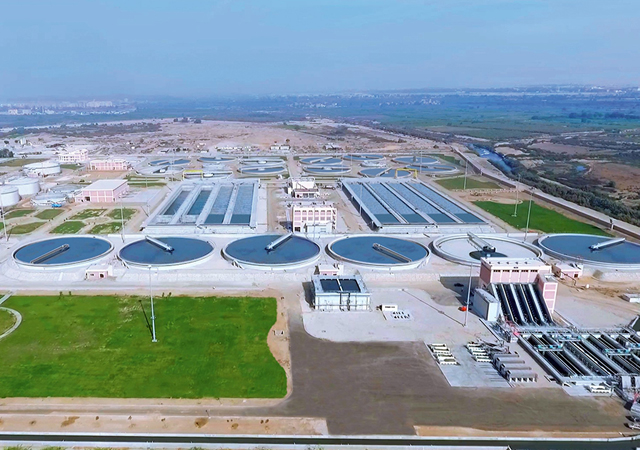
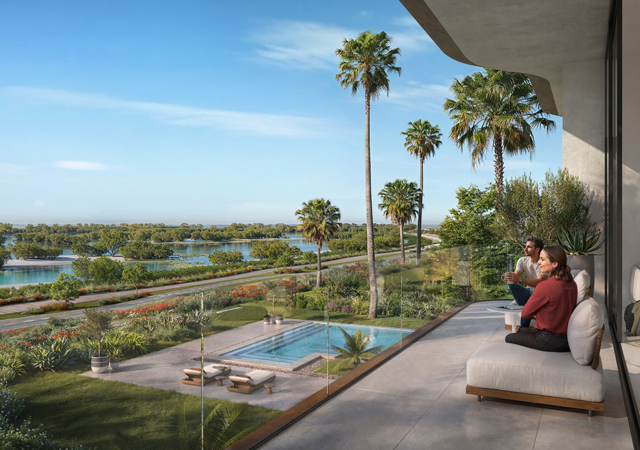
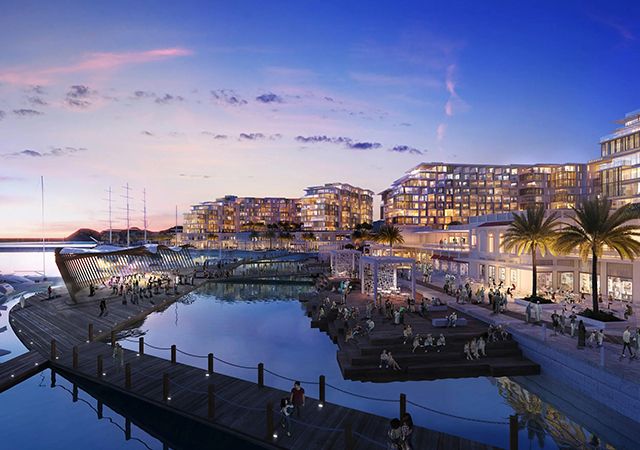

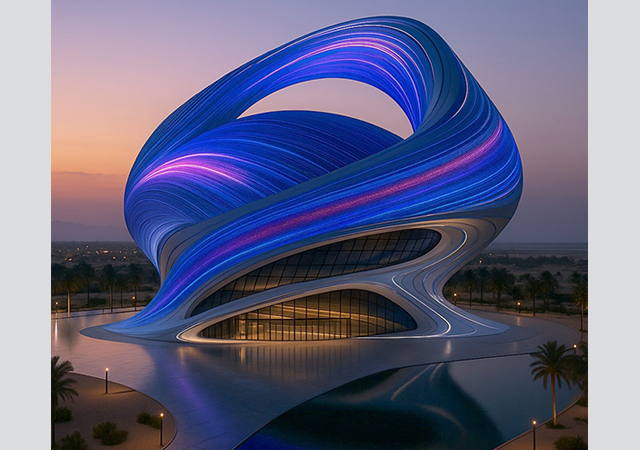
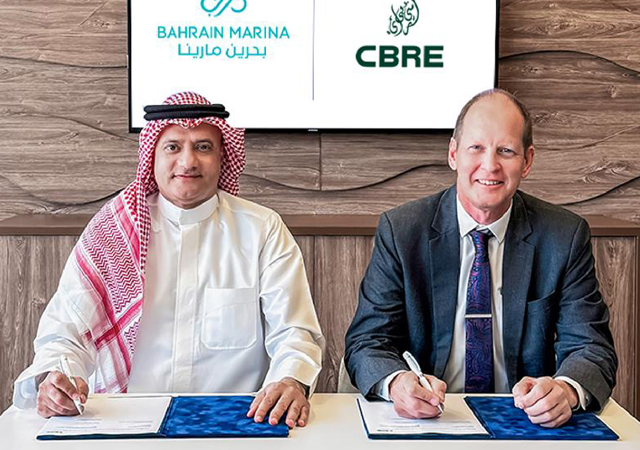
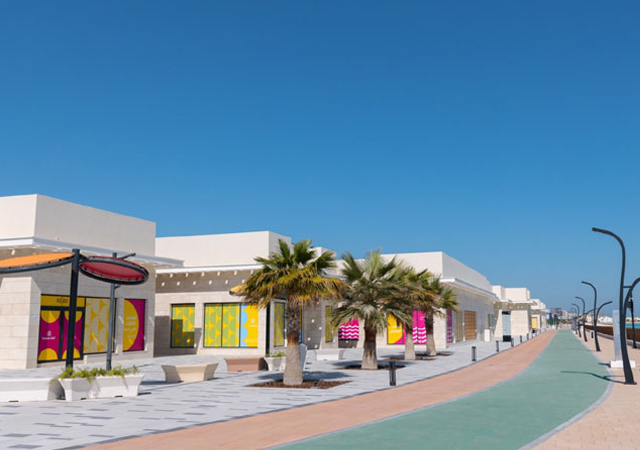
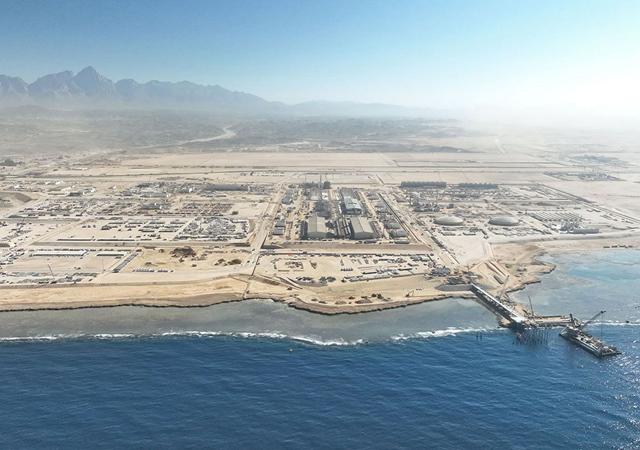
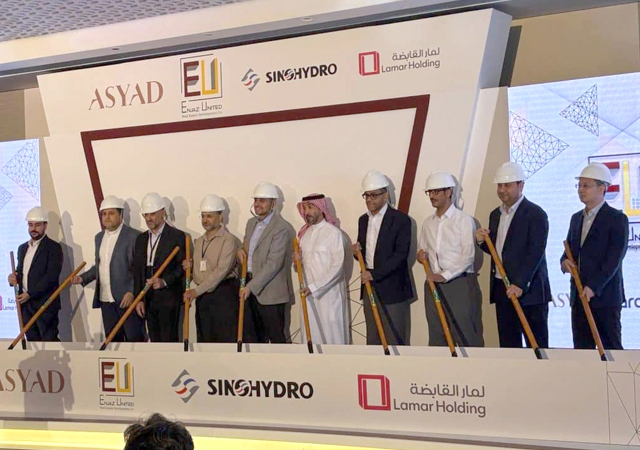
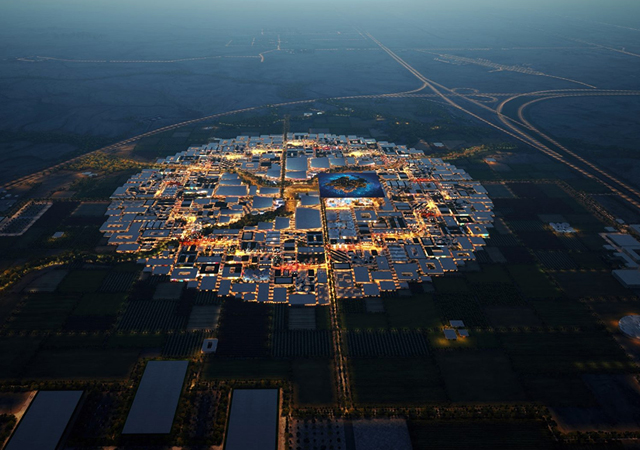
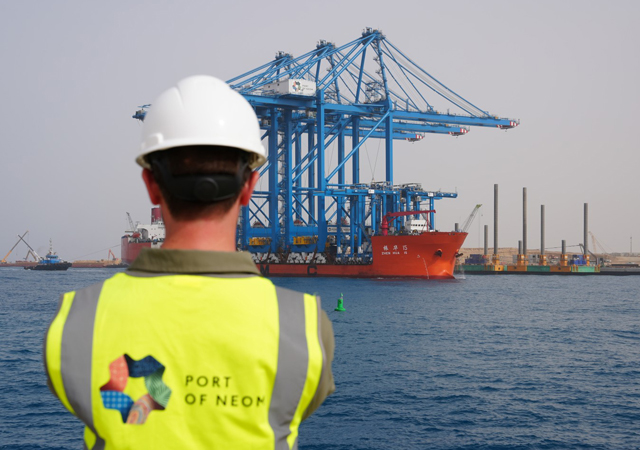
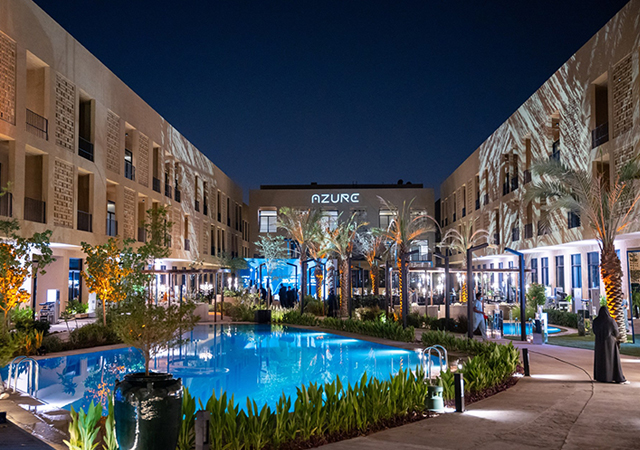
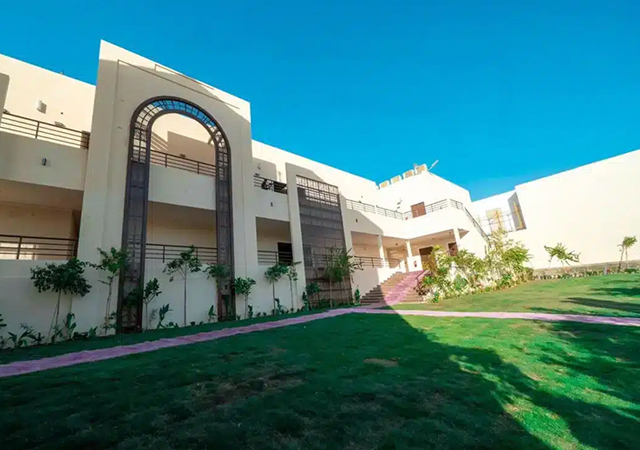

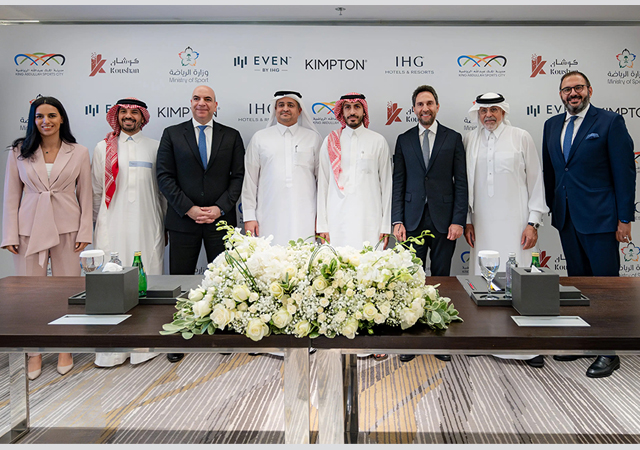
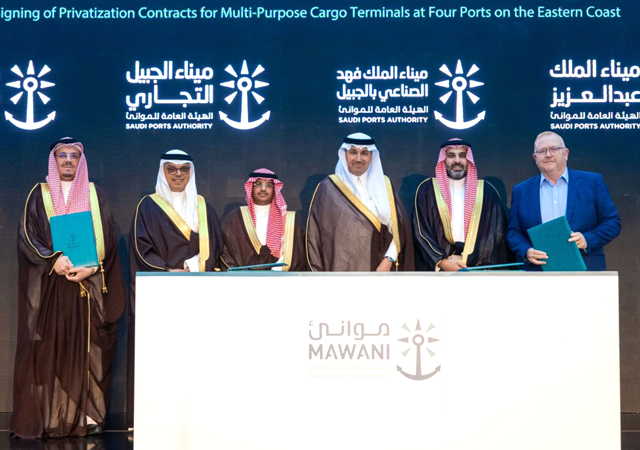
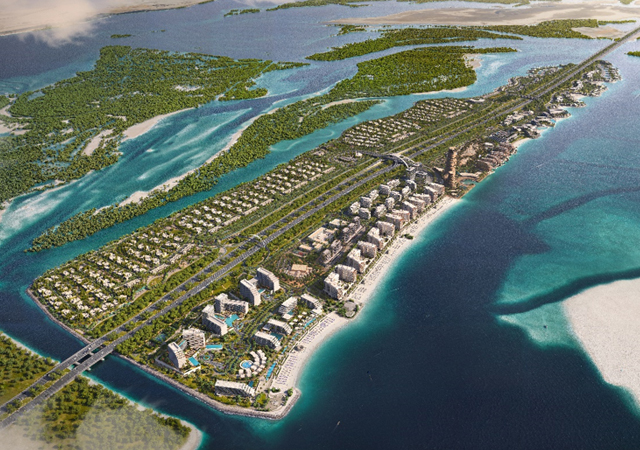
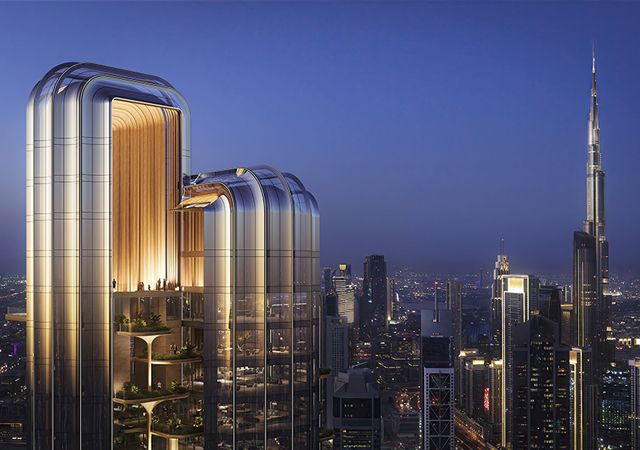
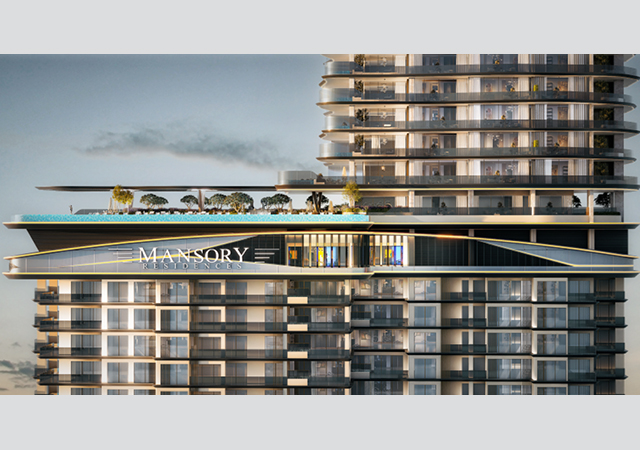
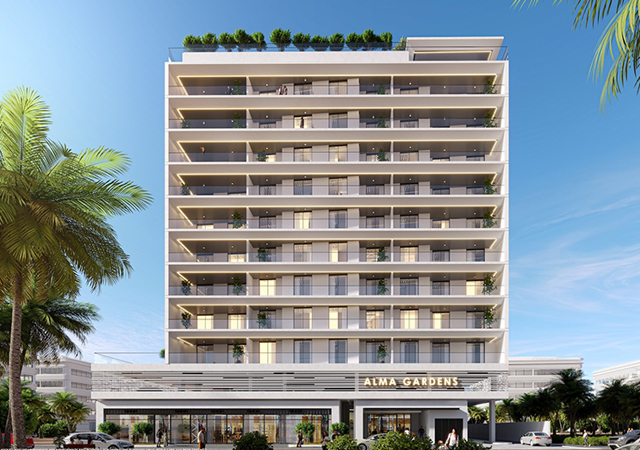

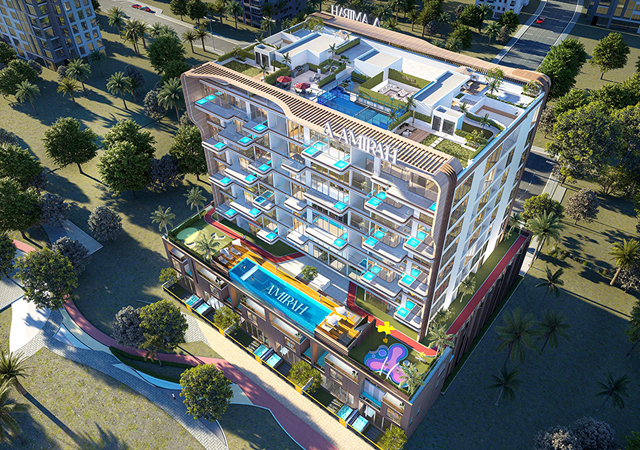
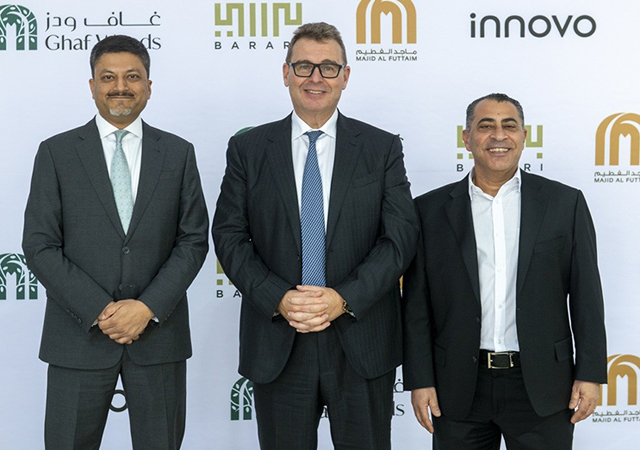
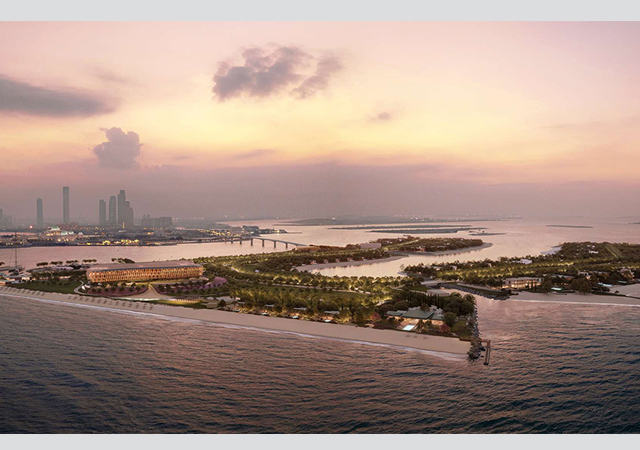
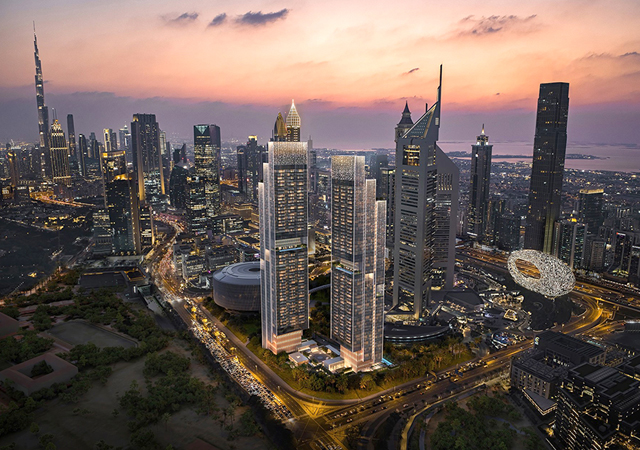
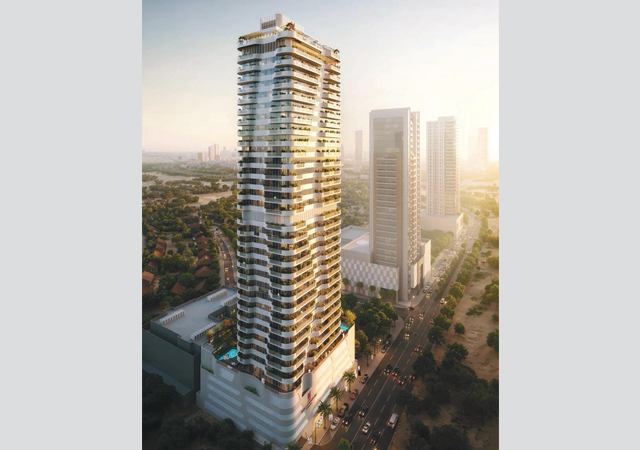
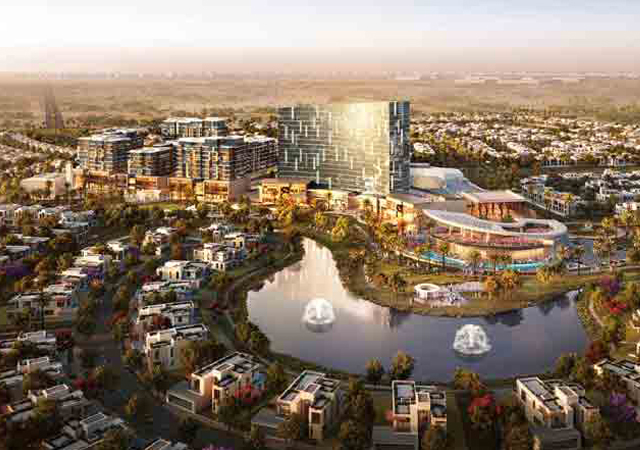
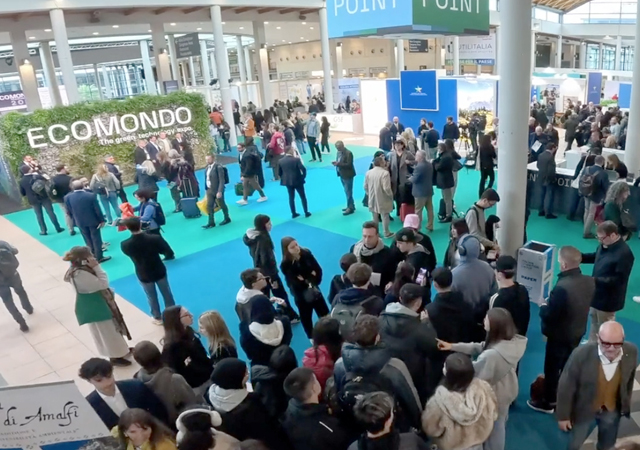
.jpg)
















